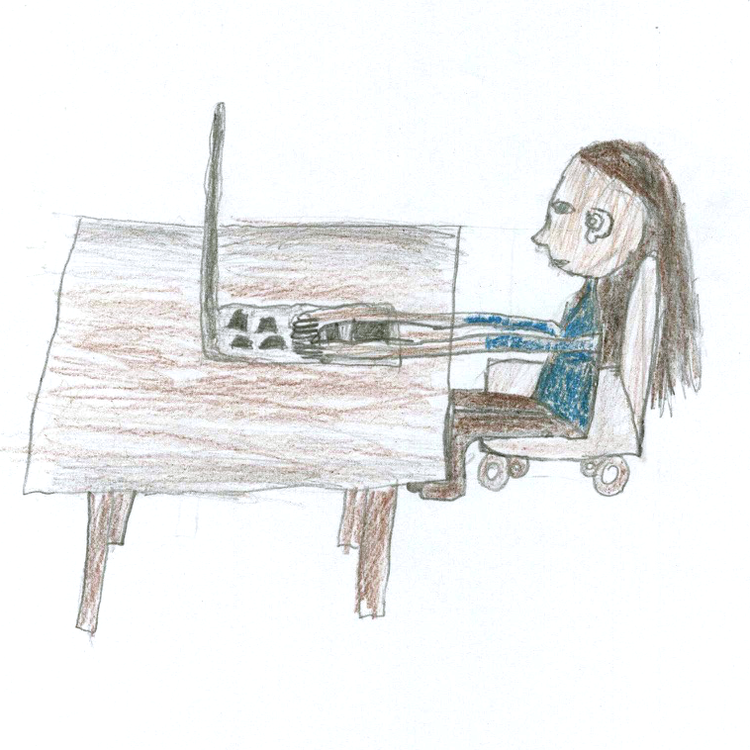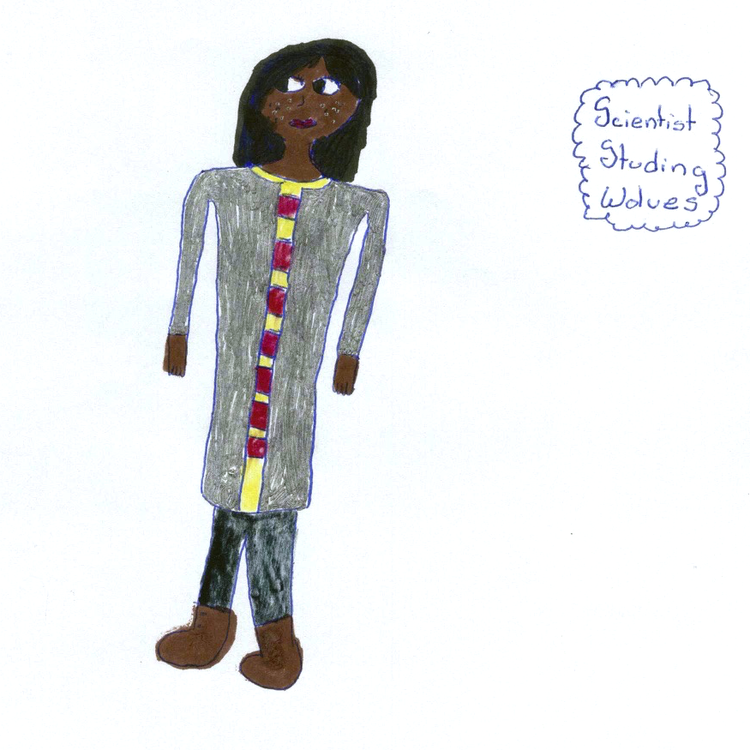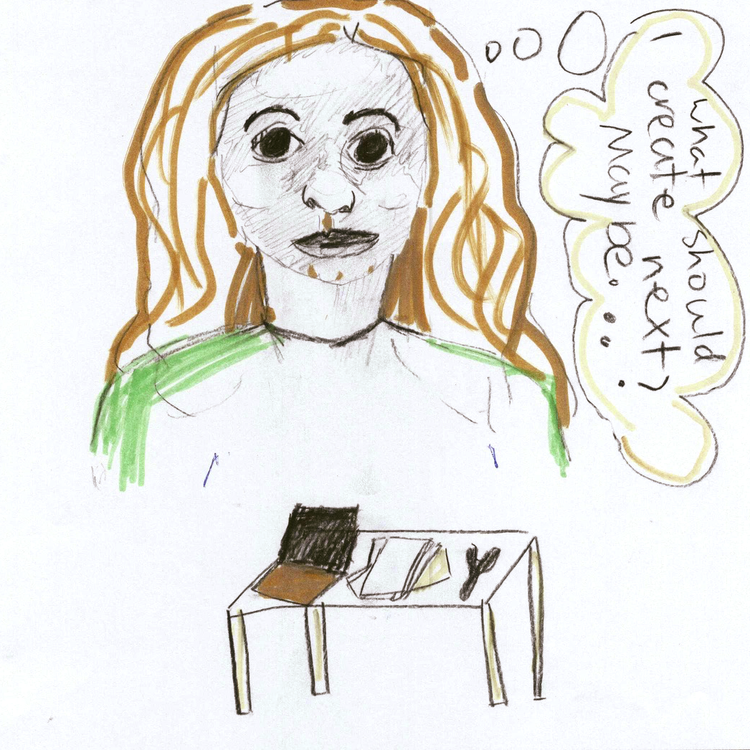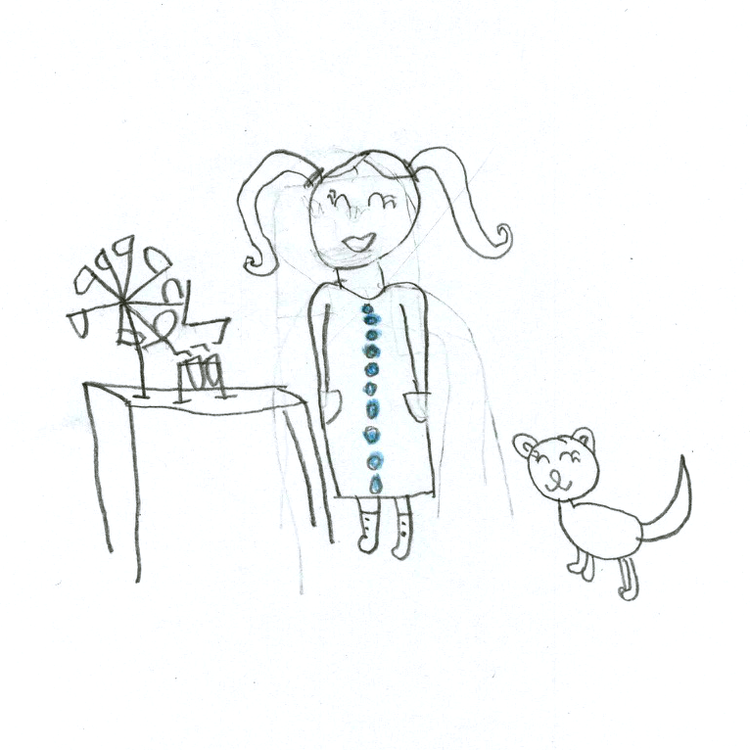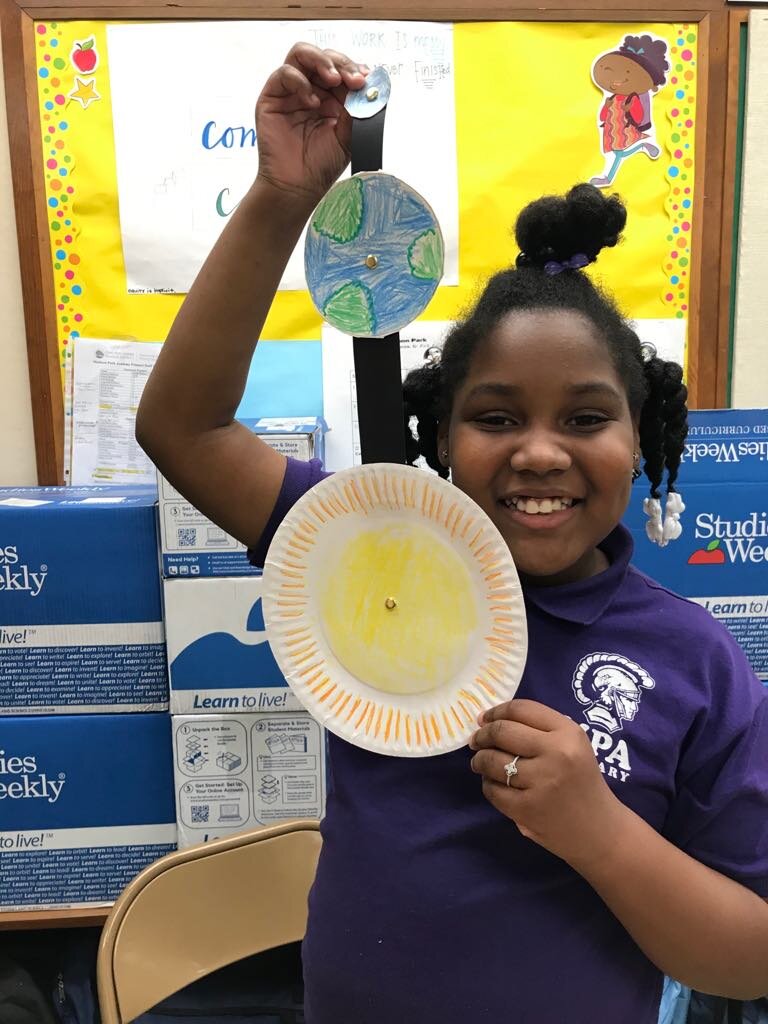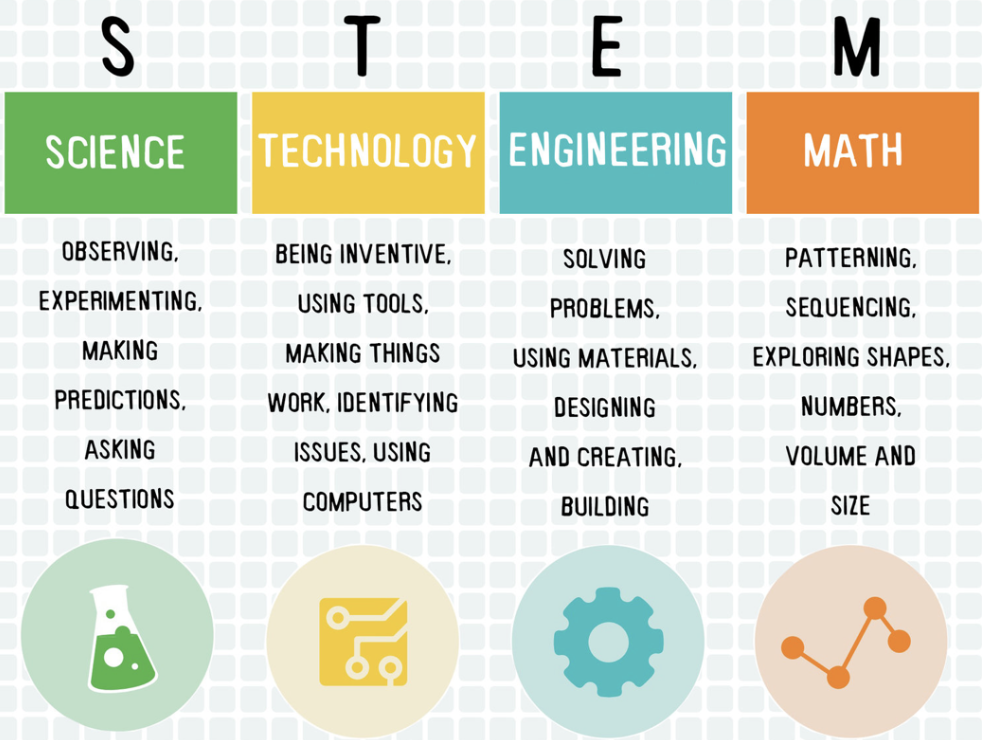About Us
Our Mission
To remove systemic barriers to all girls’ participation in STEM throughout elementary education, engage them through hands-on learning, increase their positive attitudes toward STEM, and equip them with 21st century skills.
Our Vision
SAfG envisions a gender-equitable society where systemic barriers no longer limit women’s choices, enabling them to pursue careers that bring economic freedom and opportunities to advance society.
10k+
children and families served
SAfG primarily serves girls and girl-identifying youth in transitional kindergarten through 6th grades. But also has a number of co-ed programs.
Afterschool, Summer, Spring, Library, Role Model, Near Peer Programs & classes
SAfG provides hands-on, high quality afterschool STEM programming to equip girls and boys with 21st century skills and keep them engaged in STEM for the long term.
37+
sites reached in the SF East Bay
SAfG has delivered programs to sites in Oakland, Emeryville, Richmond, Berkeley, and San Leandro, California.
The Problem
Women, especially minorities, are underrepresented in STEM fields: Women represented only 16.7% of individuals in engineering and 26% of computer or math scientists.
Women make up a quarter or fewer of workers in computing and engineering, that % is even lower for BIPOC women.
Women are losing out on higher-paying STEM opportunities: The median pay for STEM occupations ($103,580 in 2024) is nearly 2× higher than the $48,000 median for non-STEM jobs (Bureau of Labor Statistics)
Two out of three US women say they were not encouraged to pursue a STEM career.
Between 2023 - 2033, STEM jobs will grow 10.4%, a higher rate than non-STEM jobs. (Bureau of Labor Statistics)
Women are needed in STEM fields to make better products and services: “Diverse thinking drives innovation. The more people in the room who think differently, the better the end product and the bottom line.” Carin Taylor, Chief Diversity Officer, Workday.
Girls start to lose interest in STEM early: Studies have found that girls in kindergarten are already forming negative views about science casting a shadow across their entire educational careers. Most STEM programs in the Bay Area start in middle or high school.
Planning for the Future
As technology tackles increasingly complex challenges, a variety of perspectives is essential. Bringing in insights from women and underrepresented communities leads to more inclusive product designs, enhances ethical frameworks, and broadens research innovation.
There will be 3.6 million computing job openings from 2025-2035 in the U.S.
At the rate we are going, only 18% of these jobs will be filled by U.S. graduates.
Despite earning less than men in general, women in STEM earn about 33% more than comparable women in non-STEM roles.
The SAfG Solution
These complex problems require a multifaceted approach:
starting STEM early
creating welcoming nurturing learning environments
using methods to attract girls
bringing STEM directly to all girls
introducing girls to women in STEM who look like them
engaging the entire STEM community to address these problems
So SAfG:
creates developmentally appropriate out-of-school time programs accessible to girls (especially BIPOC girls of diverse ethnicities and socioeconomic backgrounds) and engages TK-6th girls in STEM content.
develops age-appropriate programs which blend social and emotional learning with STEM.
designs culturally sensitive, real world curriculum appropriate and appealing for girls different ethnicities and socio-economic backgrounds, including translating materials into Spanish and educating and engaging their parents.
incorporates female and BIPOC STEM role models in order to provide an environment that promotes diversity and opportunity in STEM.
partners with all stakeholders (industry, NGOs Government) in the STEM Ecosystem to increase impact and reach.
ensures all programs build gender equity and a strong foundation for STEM careers through the collective insights, experience and perspectives of a diverse Board of Directors, Leaders, Staff and Industry Partners.
Samples from the "Draw a Scientist" Exercise:
